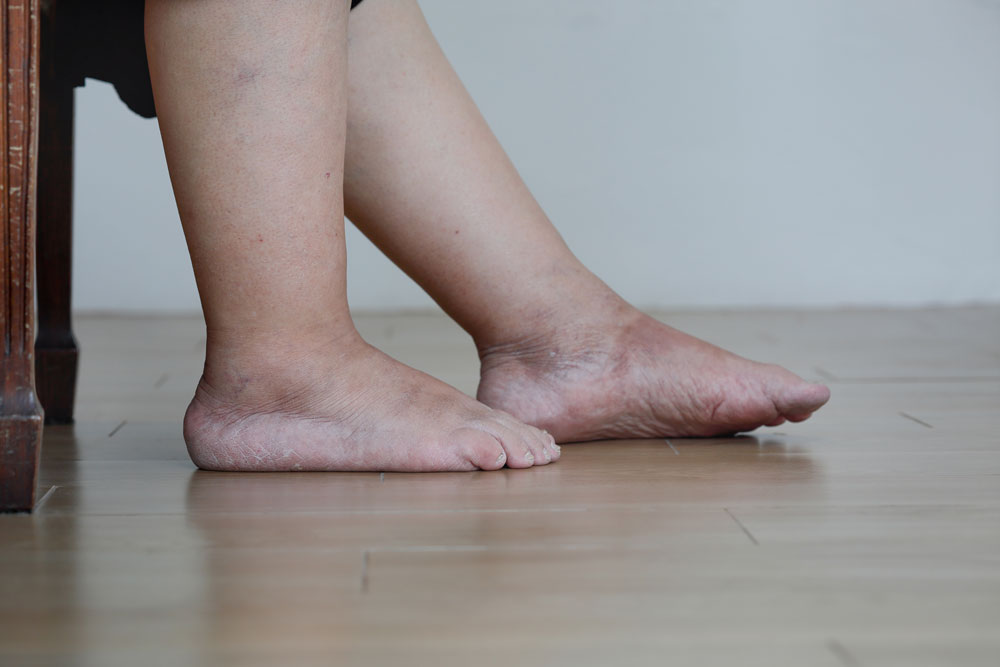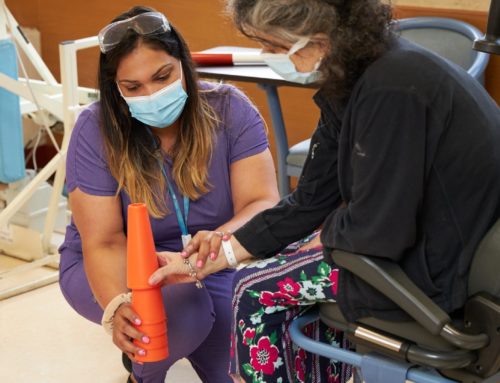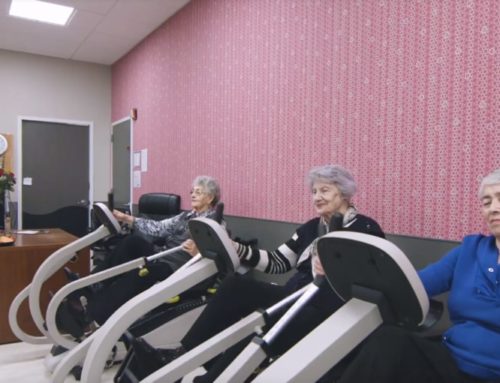Diabetic Neuropathy: 2 Warning Signs to Watch For
The high blood sugar levels can cause nerve damage, also called diabetic neuropathy. Though the symptoms vary, such damage could lead to severe infection or other complications. Knowing the warning signs allows you to monitor your condition to reduce these risks.
To avoid nerve damage and its symptoms, your doctor may recommend diabetes care. The tailored program involves blood sugar monitoring, nutrition education, podiatry, and wound care. Physical therapy is also crucial to lower blood sugar and improve circulation to prevent nerve damage.
We’ll discuss the warning signs of neuropathy in the following sections.

2 Warning Signs of Diabetic Neuropathy?
When nerve damage occurs, several symptoms are possible, though not everyone experiences them all. That’s why it’s vital to watch for the common issues most diabetic patients experience with neuropathy. These two warning signs include:
1. Signs of infection
Diabetic nerve damage affects how the body heals since you may not feel injuries when they occur. If not treated quickly, these injuries then become infected. To avoid such issues, watch for infection symptoms, such as:
- Skin changes
- Swelling
- Redness
- Warmth and fever
- Increasing pain.
Red streaks emanating from the wound or pus leaking from the area are also signs of worsening infections.
2. Signs of sensation
Neuropathy affects normal sensations, causing numbness, which may worsen over time. Many individuals also tingling in the affected areas. When you experience increased tingling and burning with sudden new pain with no notable cause, do something about it. With your diabetic neuropathy, any new sensation issues should be addressed. So, speak to your doctor immediately.
Other serious symptoms
Though new or worsening sensation issues or infections are the most common nerve damage symptoms, several others are possible. These can vary depending on the type of neuropathy and the severity of the nerve damage.
The feet and legs are most often affected by diabetes, so foot problems like ulcers, bone damage, or joint issues often occur. Such issues affect movement and balance, requiring monitoring to prevent reduced mobility.
Pain affects most individuals with diabetic neuropathy, though not everyone experiences the same type. It can be burning, stabbing, shooting, cramping, tingling, or like pins and needles.
Other common symptoms include increased or decreased sweating, bladder or bowel issues, and muscle weakness. Sensitivity to touch, vision issues, dizziness, nausea, vomiting, or reduced appetite could also be related to nerve damage.
Can physical therapy help neuropathy?
Physical therapy is one of the most recommended treatments for diabetic neuropathy. When the body is active, circulation increases, which lowers blood sugar levels. When blood sugar is under control, symptoms are more manageable, reducing the risk of nerve damage.
A trained physical therapist creates an exercise program tailored to every client to match their condition and symptoms. The activities may include aerobic exercise, relaxation training, acupuncture, TENS, or other therapies. Nutrition education is another essential aspect of physical therapy to reduce blood sugar and maintain a healthy weight. Sticking with the assigned program lowers diabetic symptoms and reduces the risk of nerve damage or other complications.
Resources:
https://www.cdc.gov/diabetes/managing/care-schedule.html
https://www.mayoclinic.org/diseases-conditions/diabetic-neuropathy/symptoms-causes/syc-20371580
https://www.mayoclinic.org/diseases-conditions/diabetic-neuropathy/diagnosis-treatment/drc-20371587
https://www.cedars-sinai.org/health-library/diseases-and-conditions/d/diabetic-neuropathy.html
https://www.cdc.gov/diabetes/library/features/get-moving-to-manage-diabetes.html
This article contains informational and educational materials and does not replace health or medical advice. For questions or concerns regarding your medical condition or health objectives, speak to a qualified physician or healthcare provider.






Leave A Comment